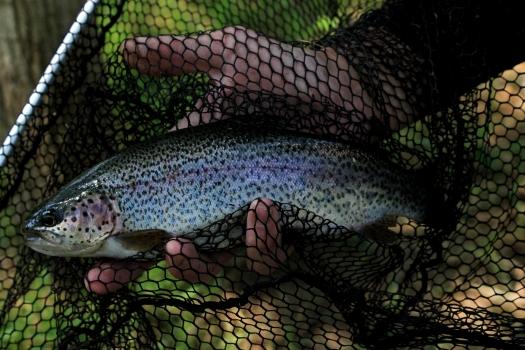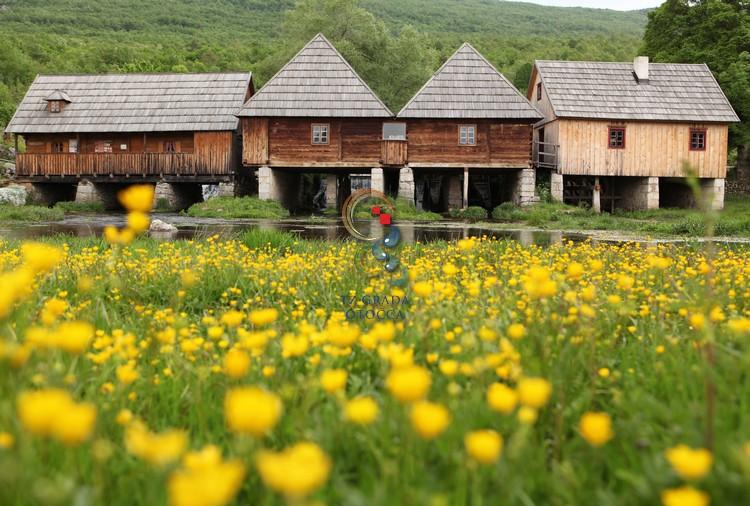The Croatian Centre for Indigenous Karst Water Fish and Crawfish Species was set up in Otočac in 2006. The founders were the Town of Otočac, the Croatian Chamber of Economy, the Ruđer Bošković Institute and the local company Gacka d.o.o. The Centre operates as an independent association of legal entities.
Activities:
• Scientific research of indigenous karst water fish and crawfish species, with emphasis on their genetic profile and spawning
• breeding fry for karst water restocking
• development of projects and programmes for commercial breeding of indigenous karst water fish and crawfish species
• branding
The highest managing body of the Centre is the Otočac City Council, with the Centre manager bearing direct responsibility to the Council itself. Each of the founders of the Centre has one member appointed in the Centre Council. The relationships, mutual rights and obligations of each founder are regulated with the implementation of an organisational plan. The promotion and the marketing presence are well defined by the marketing plan, as well as through the marketing mix of production, price, distribution and promotion of the Centre.
The project was developed over a period of three months for the application to the EU Phare 2005 BRI programme. The project applicant was the Town of Otočac, in an association with it's partners: the Croatian Chamber of Economy, the Otočac County Chamber, Gacka d.o.o., theTourist Board of Otočac and the associated partner IRB, Zagreb. The project was submitted in February 2007 with an initial project value of EUR 722,389.00. In October 2007, the project went through two evaluation phases. After two month’s negations the total project value was reduced to EUR 630,222.85 (75% EU, 25% applicant and partners), cutting back on 2 technical assistance funds, staff allowances, vehicle maintenance, etc. The co-funding agreement was signed on 29 October 2007.
The Centre was officially opened on the 28th of November 2008.







